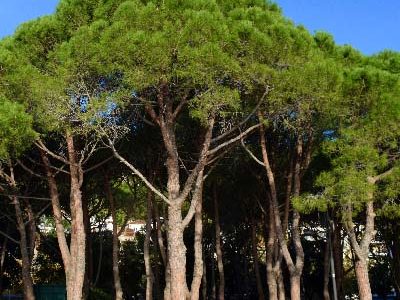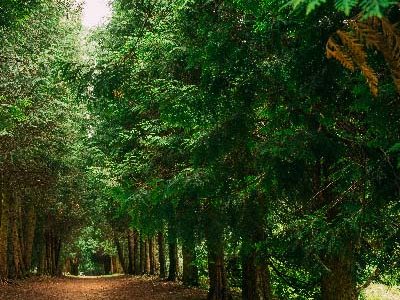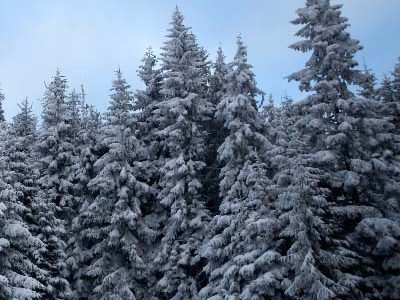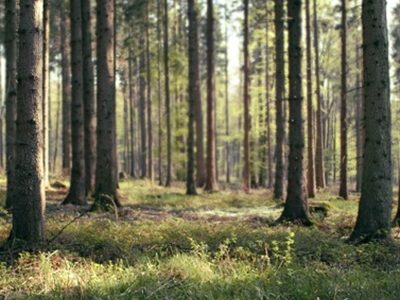charred wood
Quality and sustainability
Quality, aesthetics, sustainability and longevity are the most appropriate words to describe carbonized wood. The unique and proven Japanese woodworking technology will bring a luxurious and sophisticated look to your design. Whether for facades, fences, terraces or interiors, we have a wide range of colours and textures available.
Each type of burnt wood prepared with Yakisugi technology is unique and has a characteristic texture and appearance. We invite you to learn a little more about our products.
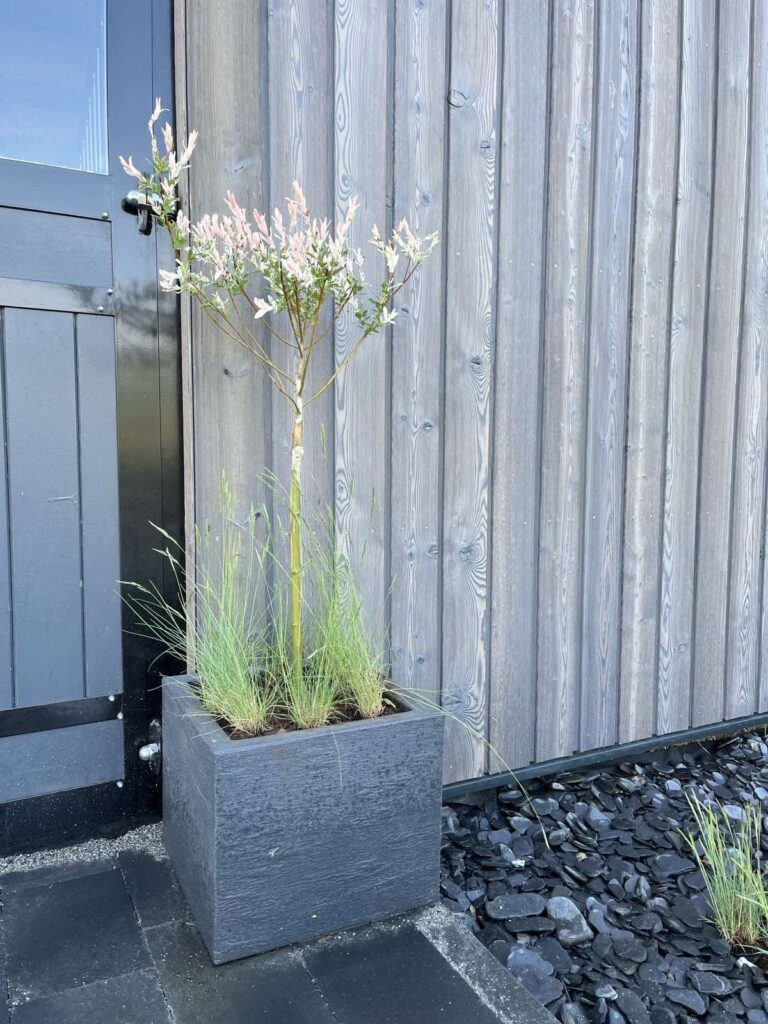
Types of carbonized wood
Pine is a softwood from Sweden. It is the preferred choice for terrace flooring. It is easy to shape and work and is one of the most widely used. Thanks to the burning process, its characteristics are improved to the point of equalling or even surpassing other more expensive woods, and can last up to 80 years.
Larch wood is of medium hardness and highly resistant to moisture. It is used for general carpentry and the construction of boats and other items in contact with water, but when burned, a material is obtained that is even more resistant to moisture and inclement weather. It can last up to 100 years in good conditions.
It is a light and soft wood from the forests of Norway. It is easy to cut and is usually porous. However, after the carbonization process, the porosity is eliminated and its exterior hardens, making it much more resistant. It has more branches than pine, but smaller ones and much less resin, which is why it is recommended for wall coverings.
Accoya wood is a premium wood modified through the acetylation process. It always goes through a verification process to ensure that it does not swell, shrink or distort visibly with use and over time. It is a highly durable material in itself, but the carbonization process makes it even more resistant and able to withstand any climate for a lifetime. Made in Holland and sourced from FSC-certified forests.
The origins of wood burning technology
The Yakisugi technique or Shou Sugi Ban, is a traditional Japanese carpentry technique that has been around for centuries and was introduced to protect wood from exposure to the elements.
Burning reduces the pores on the surface of the wood, making it stronger and more resilient. Wood treated with this technique is virtually impervious to water, resistant to fire, insects and rot, and less likely to split or crack. To preserve its beauty and ensure its longevity, all you need to do is apply natural oils to your deck wood. Experts say that if properly maintained, burned wood can last up to 100 years.
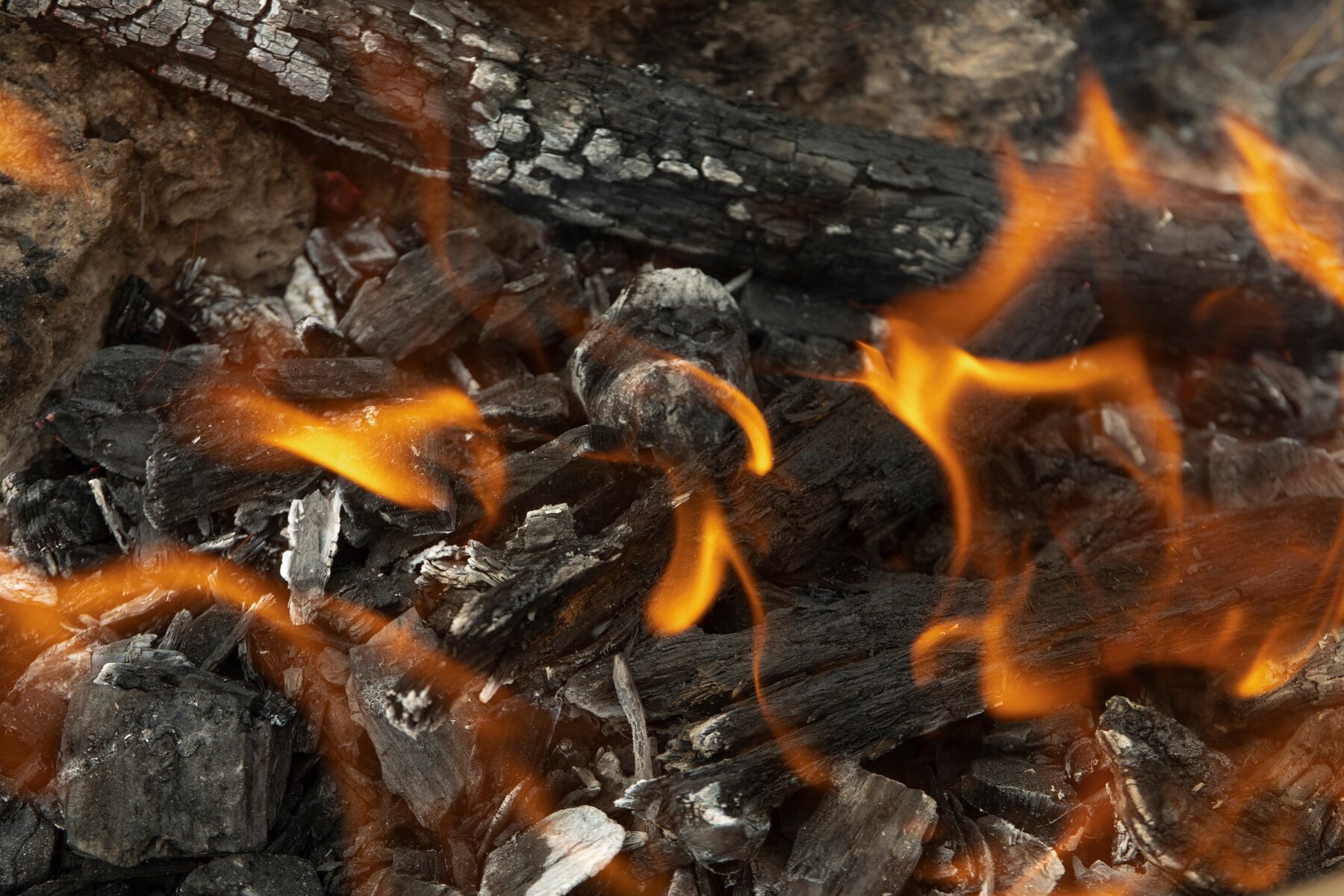
Yakiwood
Do you want to create a natural and elegant look for your building, while ensuring the sustainability and longevity of your materials? Yakiwood burnt wood is exactly what you need.
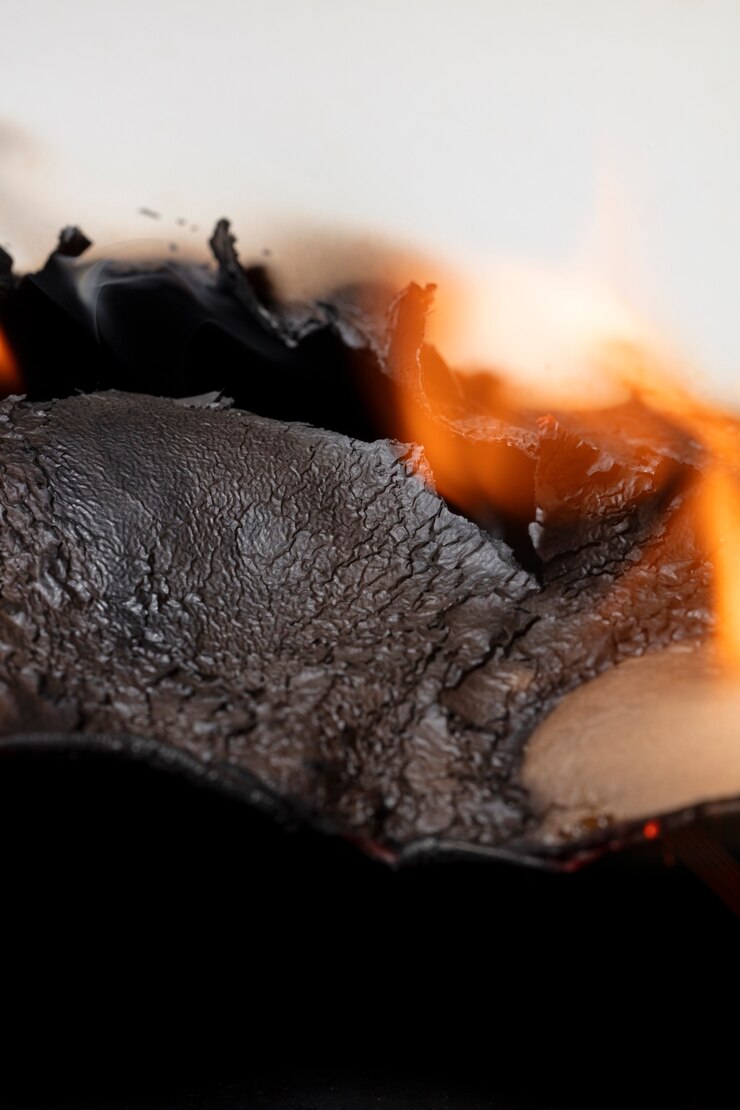
Production of carbonized wood
The Yakisugi charring technique, also known as Shou Sugi Ban, is a unique wood burning technique developed in Japan that has been perfected over the years and is gaining increasing recognition in many countries around the world.
It is the most natural and environmentally friendly way of treating wood, as no chemicals are used. This process gives it a perfect and elegant aesthetic appearance and provides effective protection against environmental aggressions such as rain, wind or UV rays.
This method requires very little maintenance and is naturally resistant to damage from moisture, insects and rodents. Burned wood can last for decades even without regular maintenance, but oiling with natural oils helps preserve the wood's original color and prevents premature wear in changing climates. According to experts, fire-treated wood can last over 100 years with proper care, while traditional wood panels can only last between 20 and 40 years.
The wood burning process is completely environmentally friendly. Wood treated with Yakisugi or Shou Sugi Ban does not contain any chemicals that can be released into the environment. The firewood used both outside and inside the home is completely safe and respectful of health. The cladding is protected by completely natural means and at the end of its life it can be recycled or disposed of without any environmental damage, unlike other treated woods.
To ensure the longevity of our products, we only use the most durable and resistant woods: fir, pine and larch.

